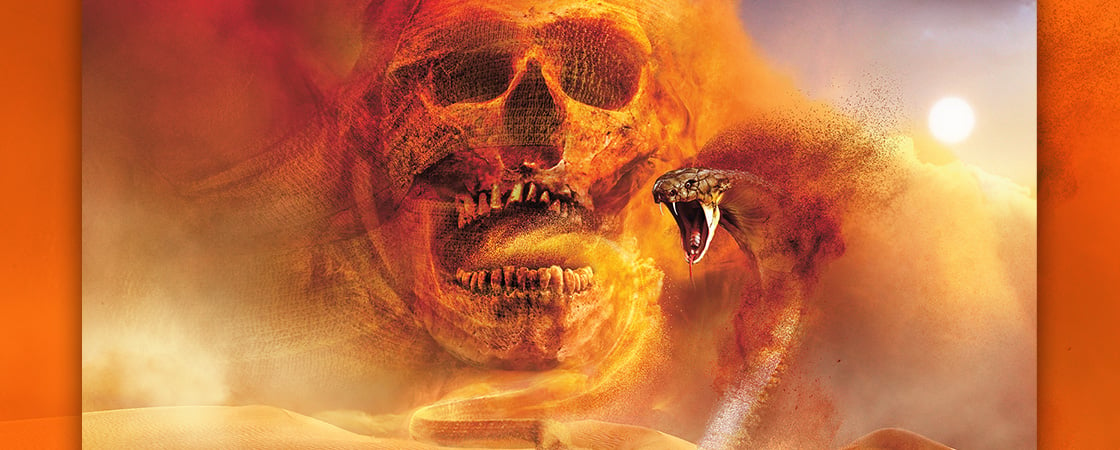You’re about to read a play about a team of archaeologists (people who study places to learn about the past) in Egypt. The team is looking for a hidden tomb, or room, that holds the body of an ancient Egyptian ruler named King Tut. King Tut died when he was only 19 years old. For thousands of years, people looked for his tomb. In 1922, it was finally discovered. How much do you know about King Tut’s tomb? Take this quiz to find out. (Don’t worry if you don’t know the answers. By the time you’re done, you’ll be an expert!)
Build background knowledge and engagement by having students first read this issue’s Time Machine article, “Welcome to Ancient Egypt.” You can also ask them to take the for-fun-only prereading quiz, which you can find online at the beginning of the play.

